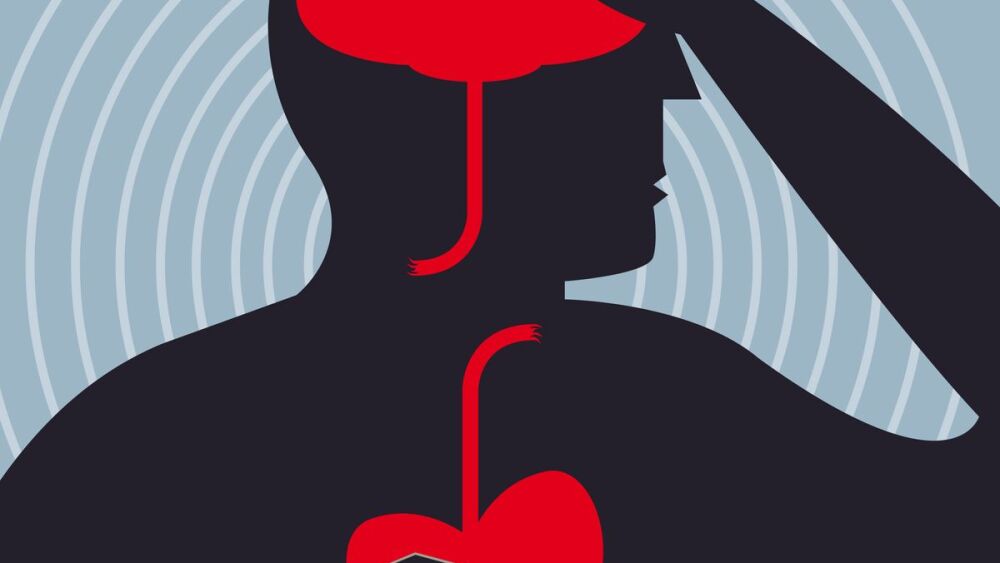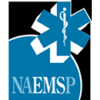This article originally appeared in the Article Bites blog of the National Association of EMS Physicians and is reprinted here with permission.
Article Summary by James Li, MD
Background. Diabetes is a common chronic medical condition. The CDC report a total of 37.3 million people with diabetes (11.3% of the US population). Additionally, 96 million people aged 18 and older have prediabetes (38% of the US population) [1]. Hypoglycemia events may occur in patients on medications, including insulin and oral medications, to manage diabetes. Diabetes-related calls account for 2.3% of all EMS activations per NEMSIS data in 2015 [2]. The NAEMSO National Model EMS Clinical Guidelines does have parameters for a non-transport disposition for hypoglycemic patients treated by prehospital providers.
The current NAEMSO guidelines recommend:
- If hypoglycemia with continued symptoms, transport to closest appropriate facility
- Hypoglycemic patients who have had seizure should be transported to the hospital regardless if their mental status or response to therapy
- If symptoms of hypoglycemia resolve after treatment, release without transport should only be considered if all of the following are true:
- -- Repeat glucose greater than 80 mg/dL
- -- Patient takes insulin or metformin to control diabetes and does not take long acting oral sulfonylurea agents (e.g., glipizide, glyburide or others)
- -- Patient returns to normal mental status, with no focal neurologic signs/symptoms after receiving glucose/dextrose
- -- Patient can promptly obtain and will eat a carbohydrate meal
- -- Patient or legal guardian refuses transport and EMS clinicians agree transport not indicated
- -- A reliable adult will be staying with patient
- -- No major co-morbid symptoms exist like chest pain, shortness of breath, seizures, intoxication
- -- A clear cause of hypoglycemia is identified (e.g., missed meal)
However, there is still significant variation in EMS protocols for the treatment of hypoglycemia, and only 49% had specific policy regarding non-transport of patients who were treated [3]. Please see a prior literature review regarding hypoglycemia treat and release protocols on the NAEMSP blog.
This study was performed in Ontario, Canada, which did not have a prehospital treat-and-release protocol for hypoglycemia at the time of the study. The goal of the study was to determine predictors of repeat access to prehospital or emergency department care within 72 hours of initial paramedic contact. It continues to add to the literature regarding safety of non-transport of patients with hypoglycemia.
Methods. The authors performed a retrospective record review of paramedic reports and emergency department records over a 12-month period. They searched for all adult patients with prehospital glucose less than 72 mg/dL. Repeat access to prehospital care was assessed by searching paramedic databases and repeat access to emergency department care was assessed by searching the databases of the four receiving emergency departments.
Results. The authors included 791 patients for analysis. The patients received IV D50, IM glucagon, or PO complex carbs for hypoglycemia treatment. 69.4% accepted transport to the hospital. Among those transported, 24.3% were admitted. 43 patients (5.4%) had repeat access to prehospital or emergency department care. 8/43 (18.6%) were related to hypoglycemia. This means that in the entire study population, only 8/791 (1%) of the patients in the study had a need for repeat access to care for hypoglycemia. The authors also found that patients on insulin were less likely to have repeat access to care (adjusted odds ratio 0.4, 95% CI 0.2-0.9) and this was not impacted by initial (or refusal of) transport (adjusted odds ratio 1.1, 95% CI 0.5-2.4).
What does this mean for EMS?
This paper provides additional evidence that treat-and-release strategies may be safe in appropriate patients. EMS leaders consider implementation of treat-and-release into protocols, provide training, and perform QA/QI in their systems to monitor for adverse outcomes. Further research should be conducted to identify high risk factors in hypoglycemic patients.
Listen for more:
Serial killers: Altered mental status
In this episode learn the 5 diagnoses for altered mental status that can kill your patient emergently
References
1. CDC National Diabetes Statistics Report.
2. Benoit SR, et al. “Diabetes-related emergency medical service activations in 23 states, United States 2015.” Prehospital Emergency Care 22.6 (2018): 705-712.
3. Rostykus P, et al. “Variability in the treatment of prehospital hypoglycemia: a structured review of EMS protocols in the United States.” Prehospital emergency care20.4 (2016): 524-530.




